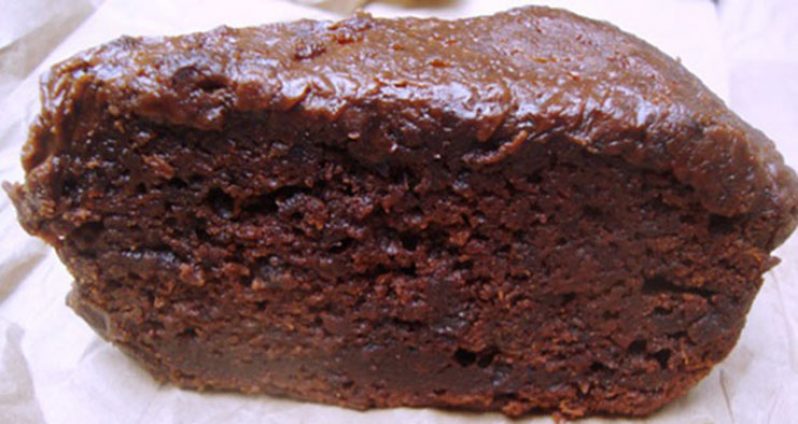By Gibron Rahim
“What is the Guyanese Christmas?”
The chances are that posing the above question to individual Guyanese will garner quite different responses. Given the potpourri of cultures that Guyana is home to, it is not surprising that our Christmas traditions reflect this diversity. This is especially true since holidays incorporate different customs over time. Conversations with our elders can give us valuable insights into how Christmas present is different from, and also similar to, Christmas past.

To learn more about how Christmas was celebrated in Guyana in the past, the Pepperpot Magazine visited Demerara Paradise Inc. where the staff kindly facilitated conversations with some of their elderly residents. Through these conversations, a clear picture of the Christmas of yesteryear could be painted.
The first resident this publication spoke to was Jean W. She described how in her younger days she and her family would exchange presents during the Christmas season. Her mother used to bake cakes and prepare delicious dishes for the family, with the aid of other family members. There would also be a Christmas tree. Notably though, she explained that the season was not one filled with activities – it was quiet time for family. She came from a large family that was 11 members strong. At Christmastime, they would receive visits from friends.
For Agnes, another resident, the first activities surrounding Christmas were cleaning the house and the furniture. There was a lot of scrubbing and polishing. The meat for Christmas Day would be prepared the night before, on Christmas Eve. On Christmas Day she and her family would have pepperpot and garlic pork. During the course of the day they would also bake cakes. A lot of work was involved when Christmastime came around she reflected. “But you enjoyed doing the work,” Agnes clarified.
Friends would visit the family. They would have drinks, sing, dance and just have a happy time together. Then they would move on to another house. Agnes recalled that masqueraders would come around and perform for money. The receptive audience would throw money for them and then they would be on their way.
Christmas time for Bibi meant going to the market to sell. She recalled that in her younger days she and her siblings would visit her mother’s uncle who would have presents for them. She explained that her father was an alcoholic and eventually, when she was older, she was able to buy a house where she raised her younger siblings. She kept a stall in Bourda Market and there is where her customers would expect her to be at Christmastime.
Resident Jean L. also sat down with the Pepperpot Magazine. Christmas was a time when children looked forward to receiving toys and balloons. They would run around showing off what they received. When asked about the dishes her mother used to prepare for the holidays, she smiled and said “too much”. Among them would be goja, made from flour and having a coconut filling. There would also be gulgula. She herself learned to prepare these sweetmeats by observing and helping her mother prepare them. Jean opined that nowadays not many people take the trouble to prepare these.
The older ones who used to prepare these dishes are all gone and, try as they might, imitators cannot replicate their flavours. Neighbours and relatives would visit and would bring along sweets that they had prepared to share. There was much socialising between families on Christmas.
She and her family would have almost completed Christmas cleaning at the time this publication visited Winifred, another resident, noted. The preserved fruits for the cake needed to be readied. She laughingly recalled the necessity of sampling the cake before it was baked. Ginger beer she said was a must. They would go to the market and purchase the meat which would then be washed, seasoned and marinated. On Christmas morning they would wake and say prayers. She recalled that they would also sing carols. Pepperpot and cook-up rice would be on the Christmas day menu. “And everybody would just be happy”, she reflected.
Caroling door-to-door was a practice at that time. After caroling in the neighbourhood, they would have breakfast and a period of rest. Winifred noted too that, in Mahaicony where she is from, there was conga drumming at Christmastime. “If you could have heard them coming down the road, singing and keeping noise and wishing you ‘Happy Christmas’,” she said.
Kaitoon’s family came out from an estate. They would give their neighbours the ingredients to make cakes for Christmas since her mother, who was from India, did not know about cake baking. She recalled that she would decorate for Christmas when she grew older and had a family of her own.
She recalled that she would buy at least 15 yards of cloth to use in decorating. She would have to get her Christmas preparations done early because she would need to go to the market to sell. She does not know to prepare black cake so sponge and fruit cakes were a part of her family’s Christmas tradition. Metemgee was an essential part of her and her family’s Christmas Day. Christmas in days past she said was “too sweet” and all 15 of her children would really enjoy the holiday.
From speaking with the residents of Demerara Paradise Inc. it became apparent that the Guyanese Christmas has undergone some changes over time, at least in some ways. It is essential that these stories of Christmas past be preserved for they are a part of Guyana’s history. By so doing we can ensure that key Christmas themes of family and community that are characteristic of the holiday continue to endure.



.jpg)









